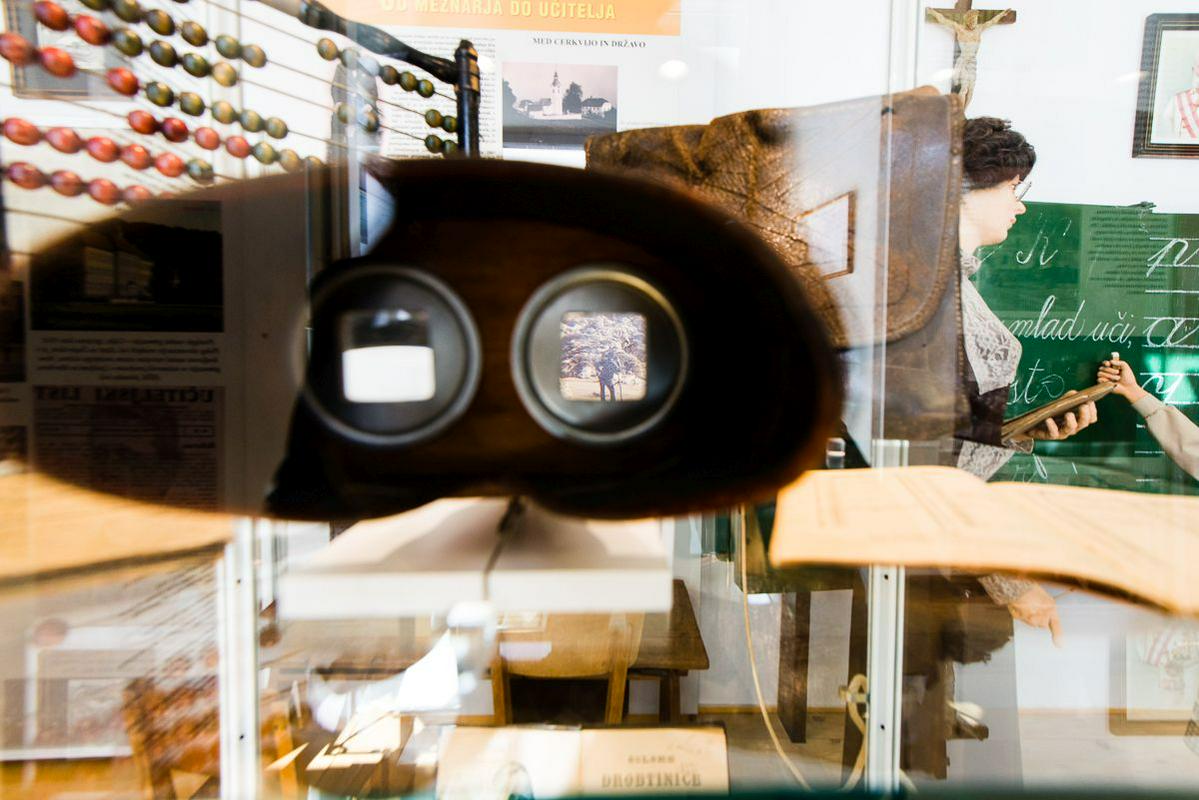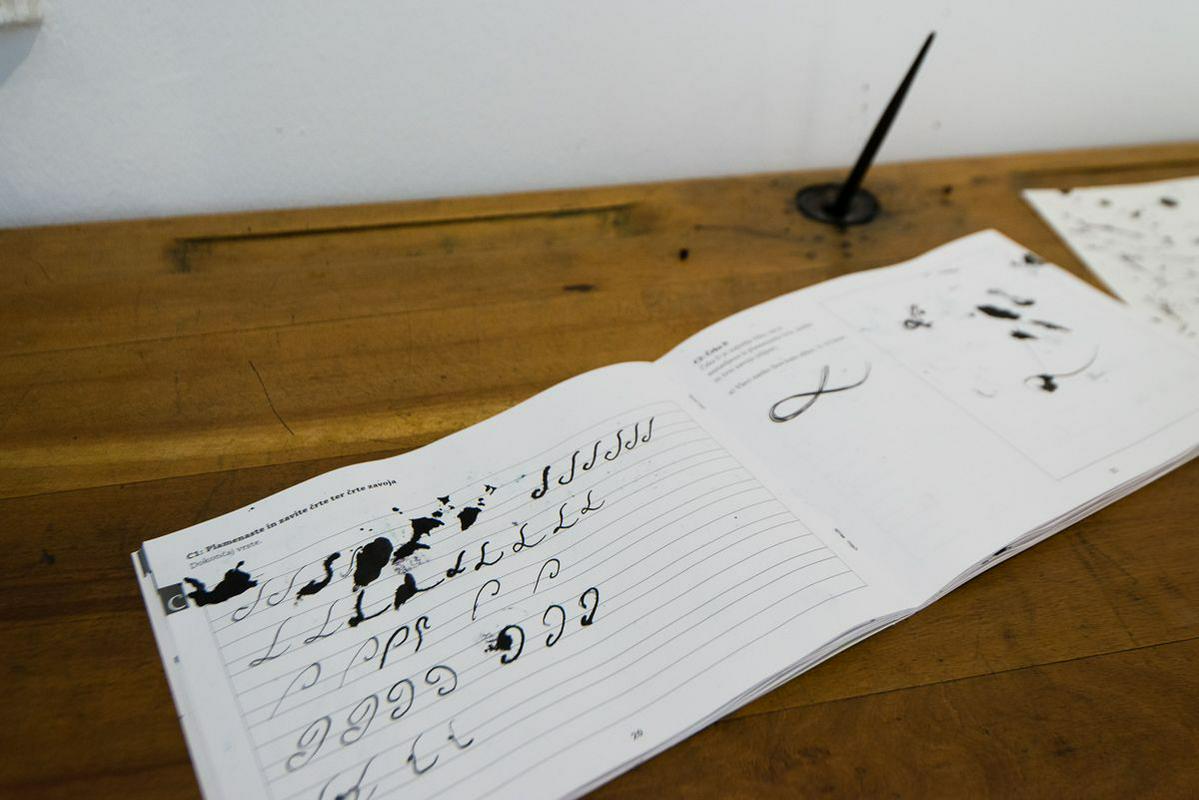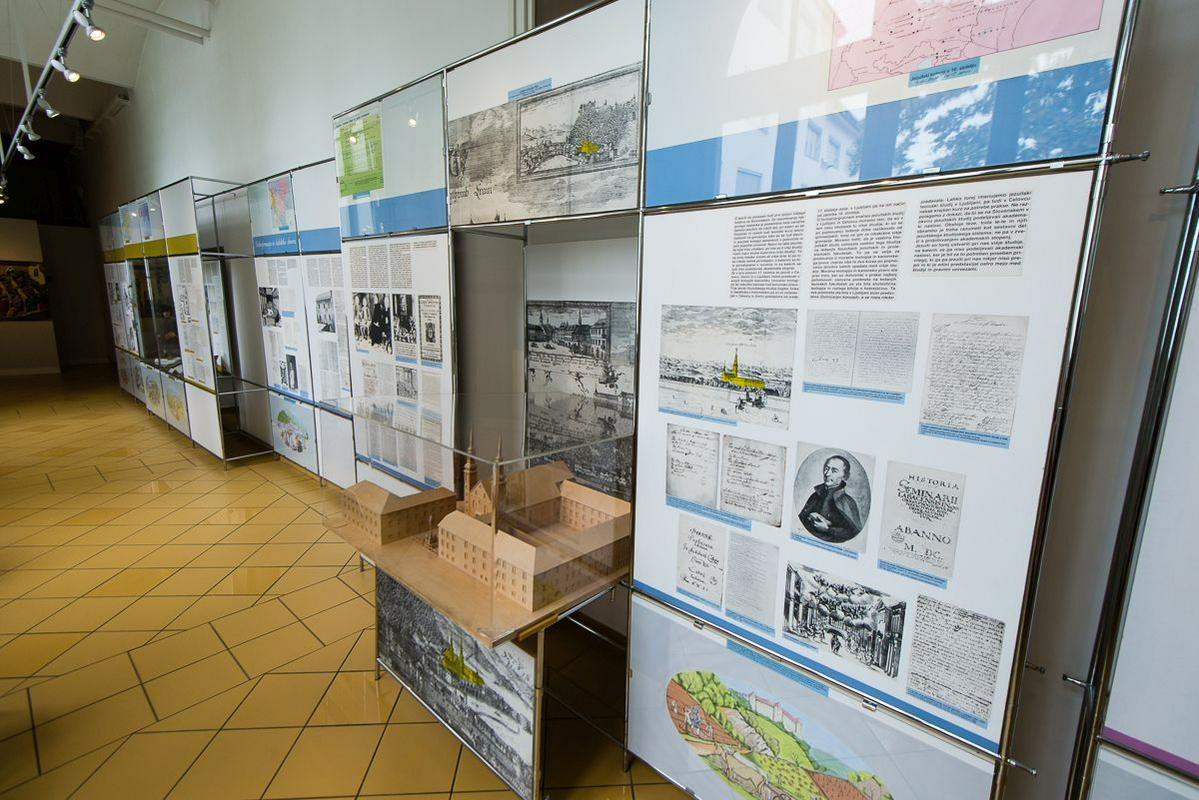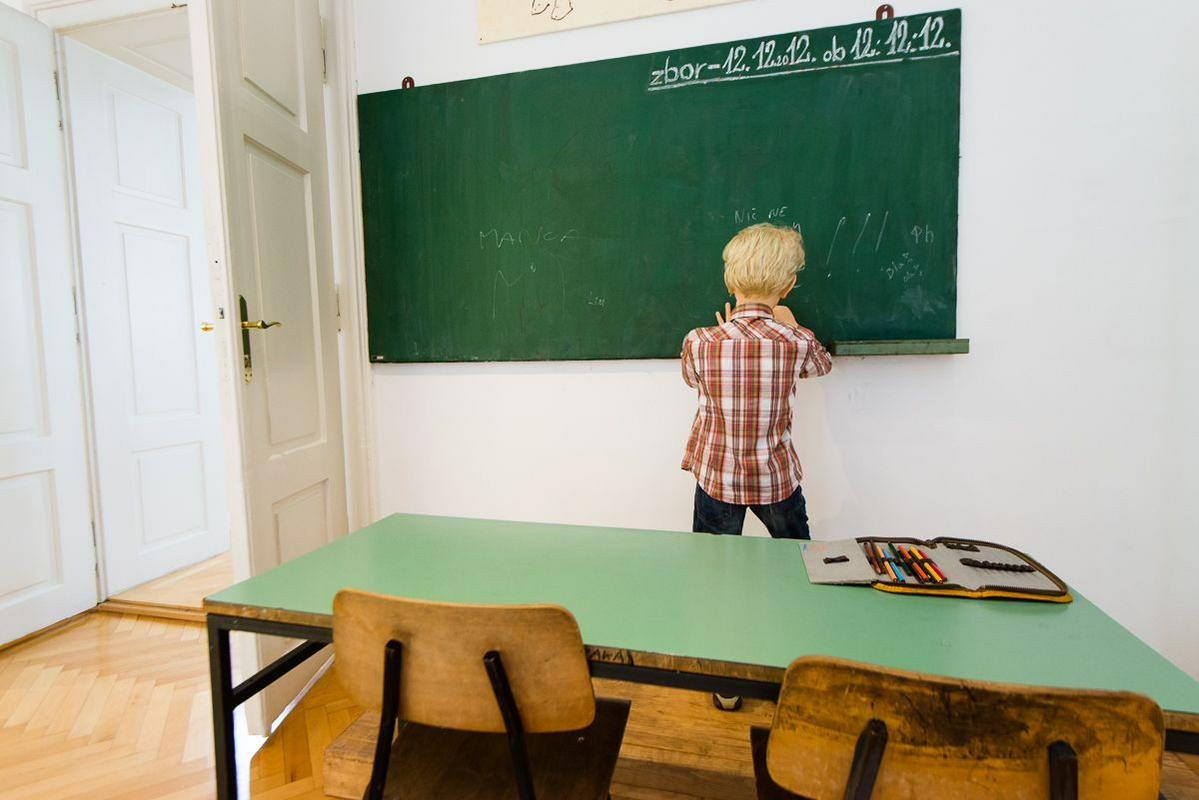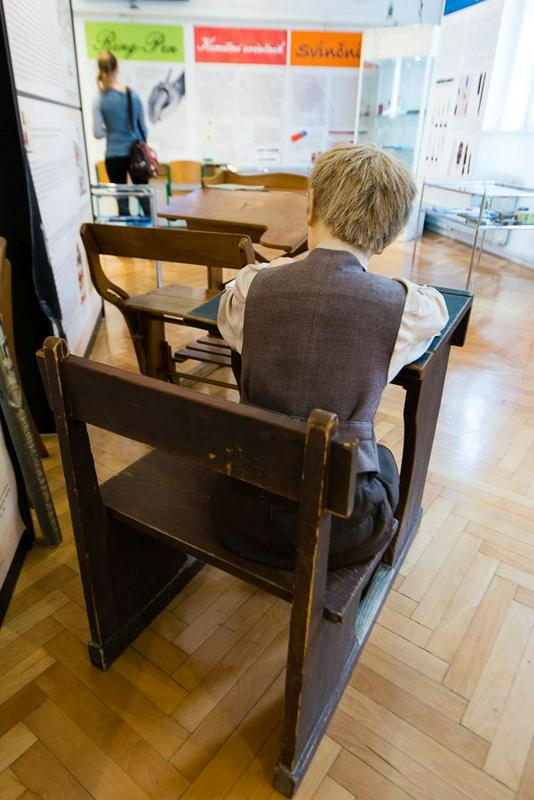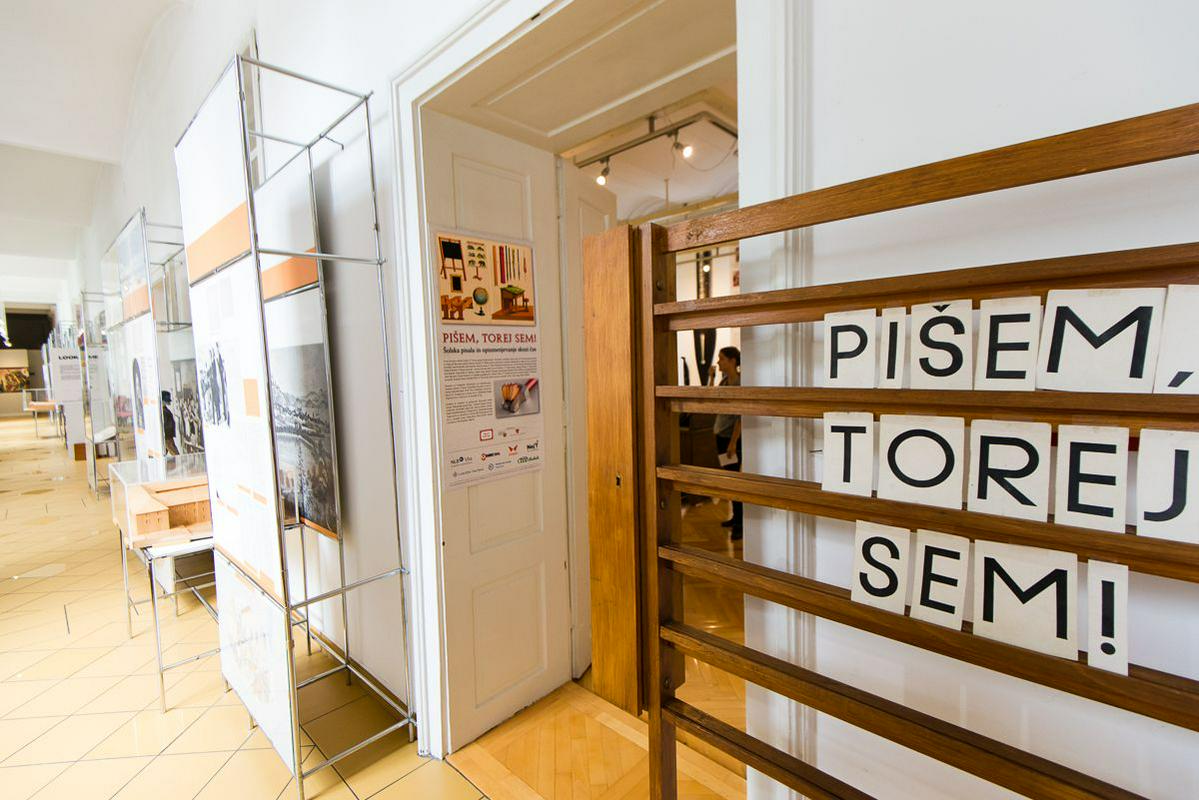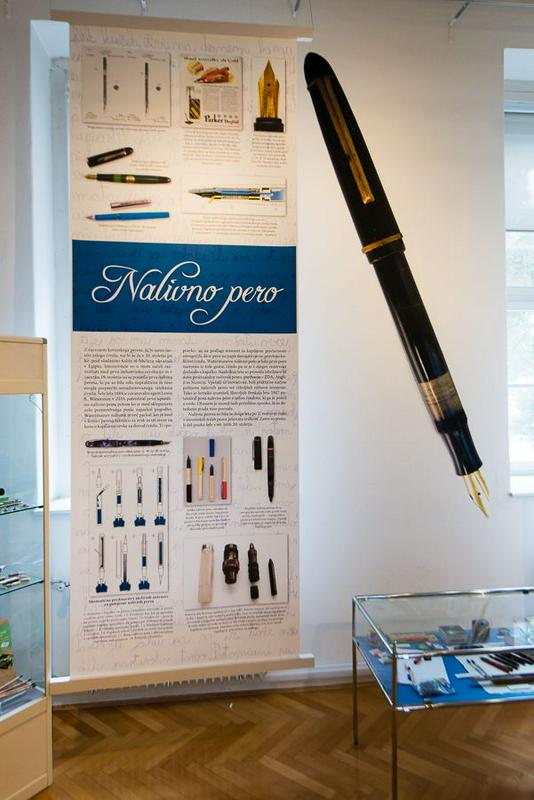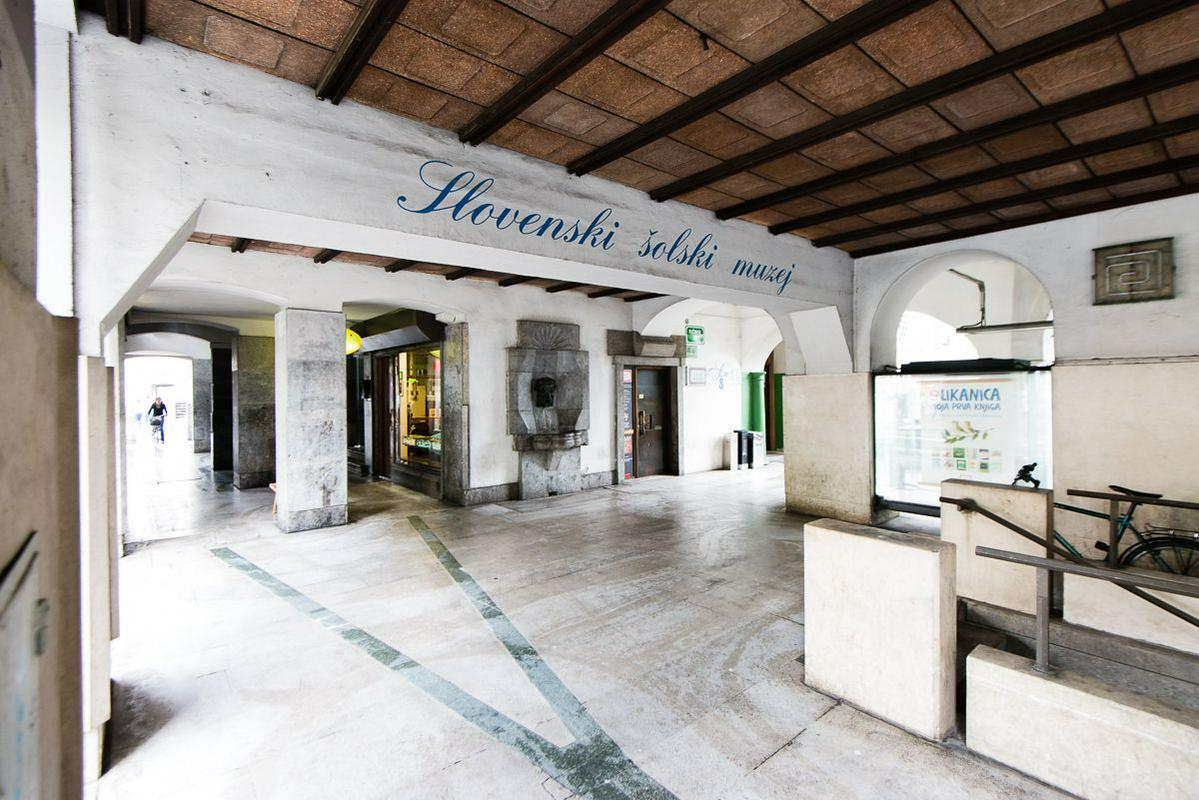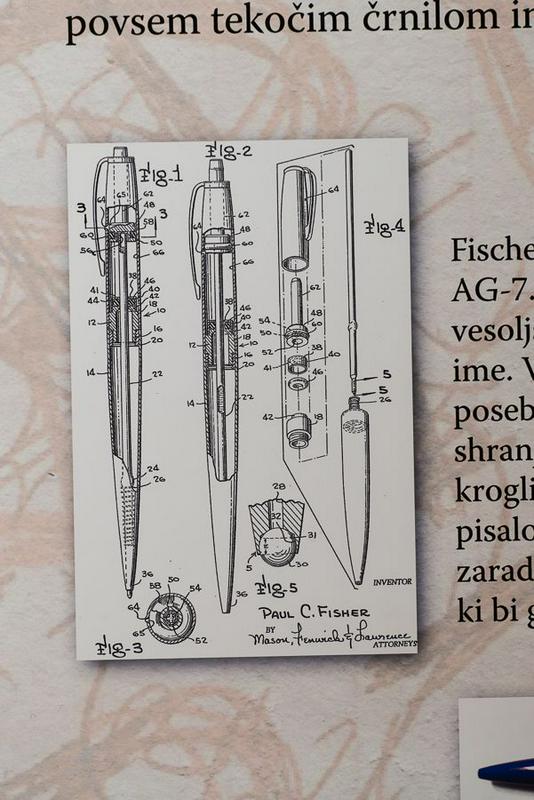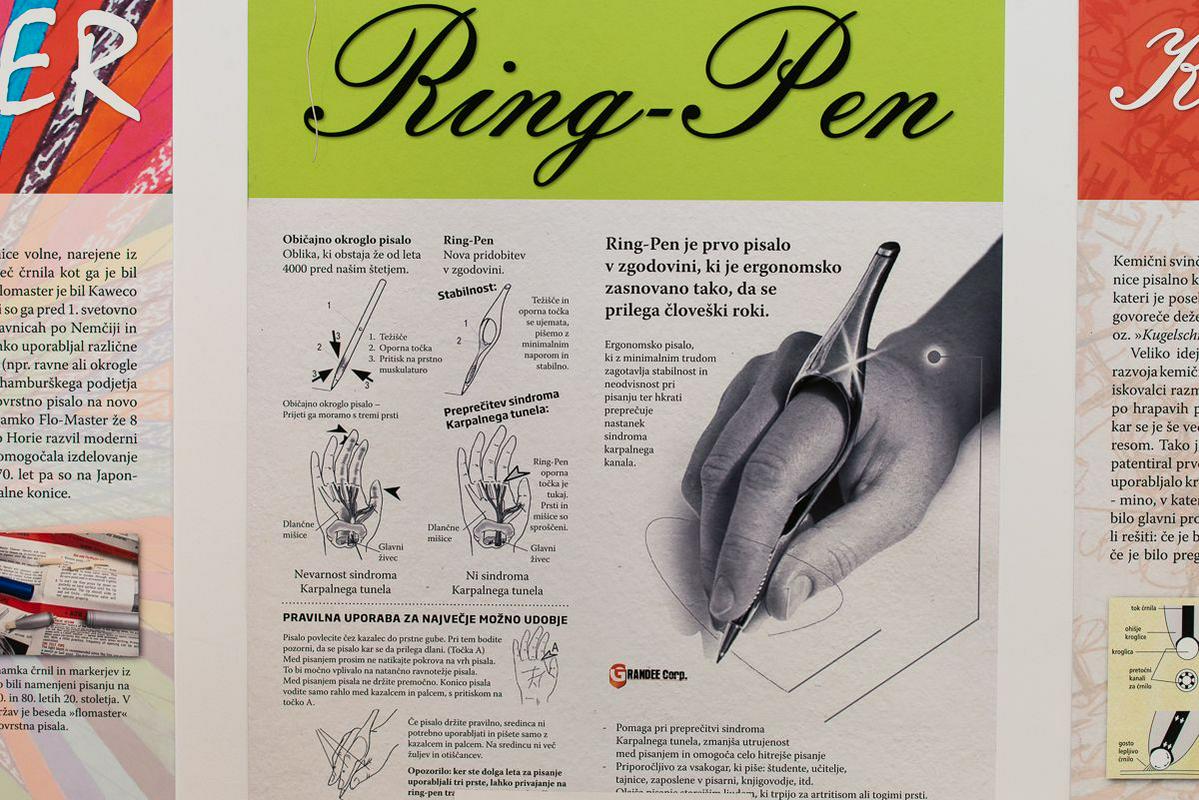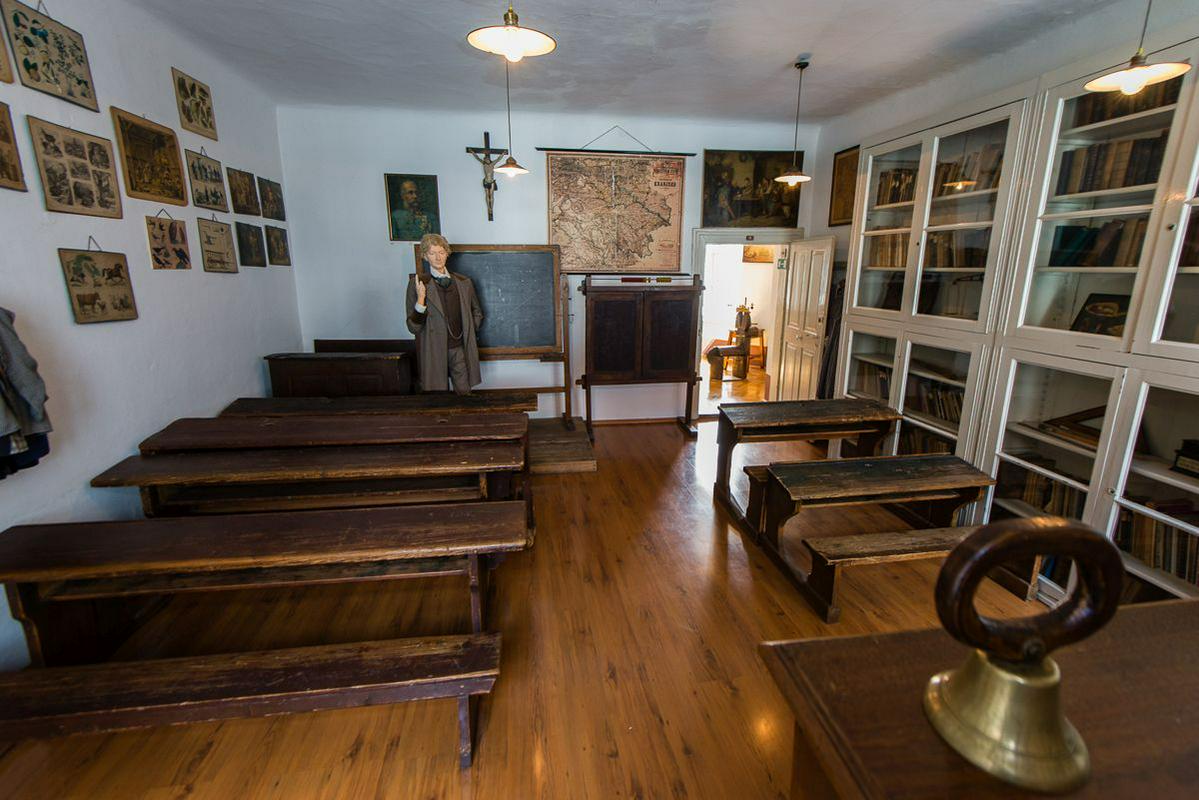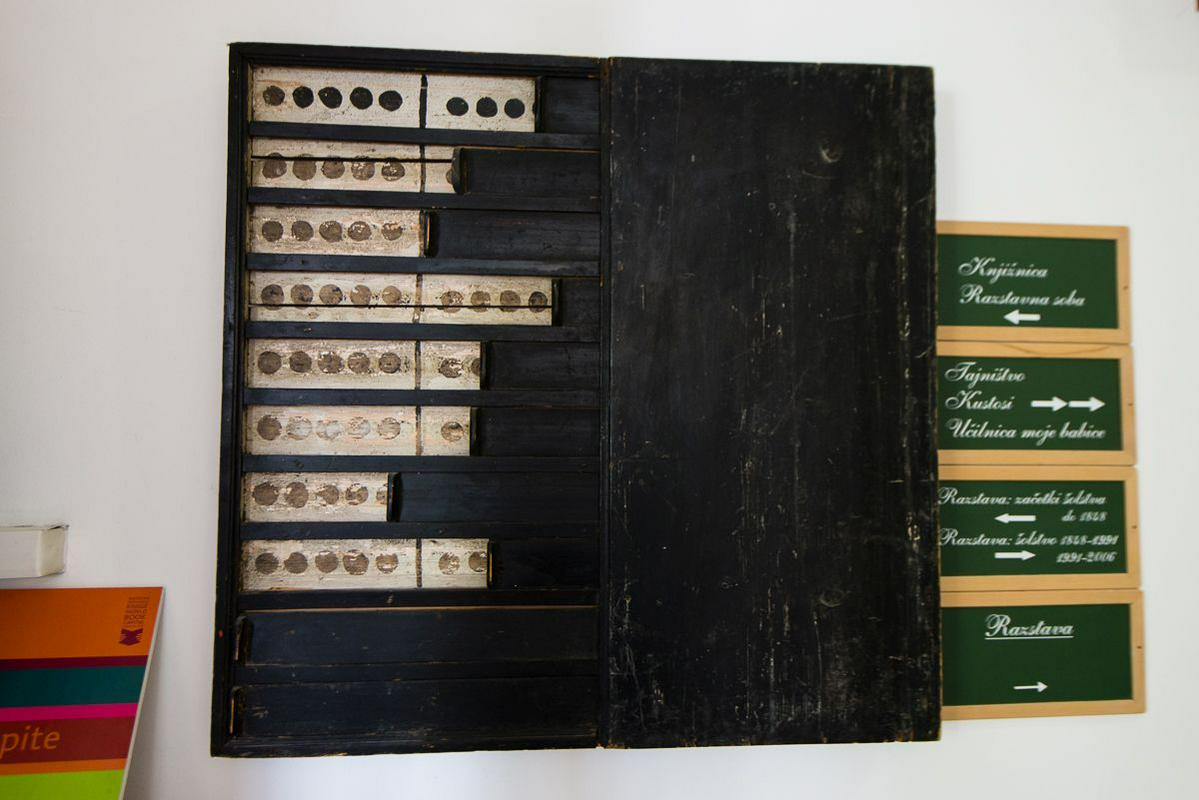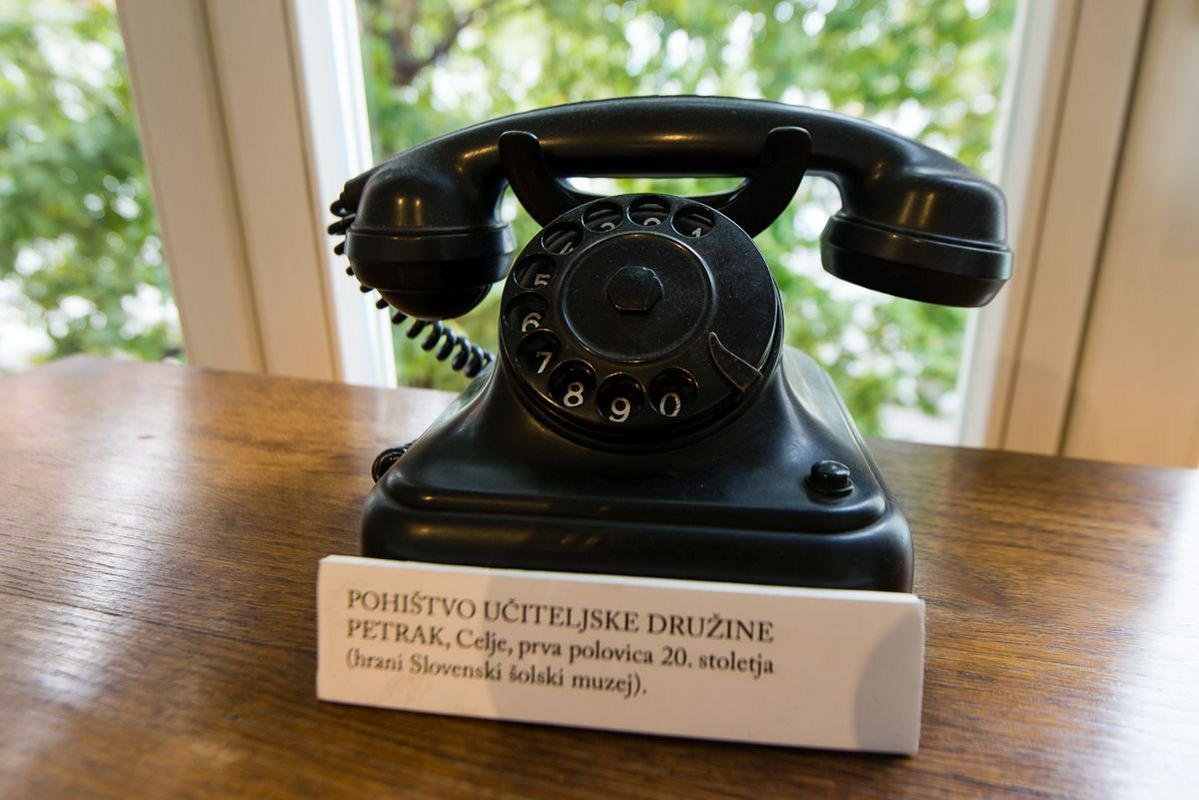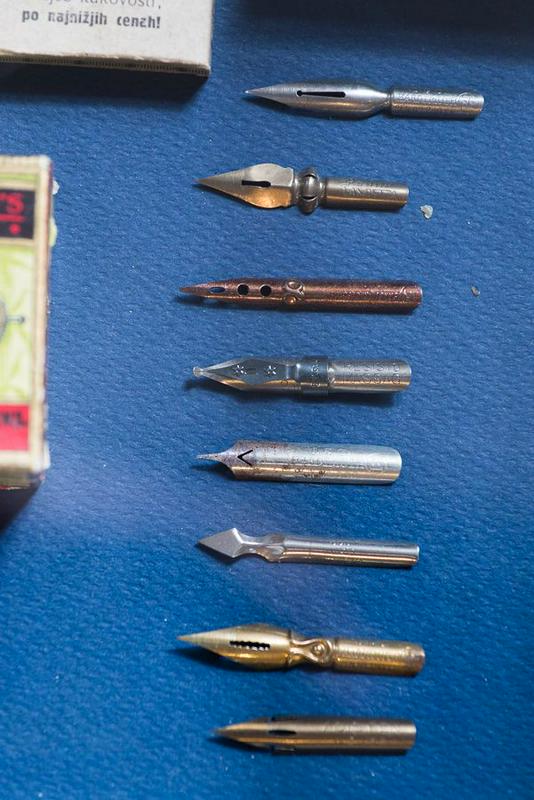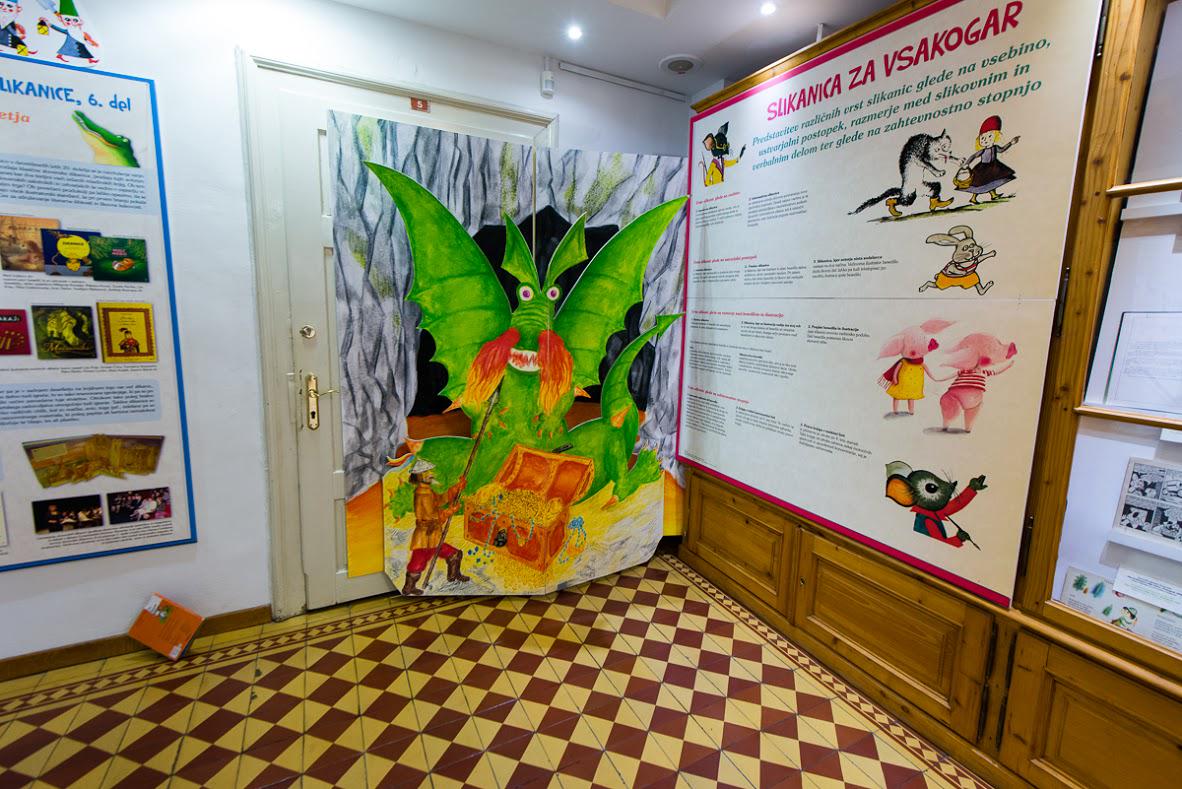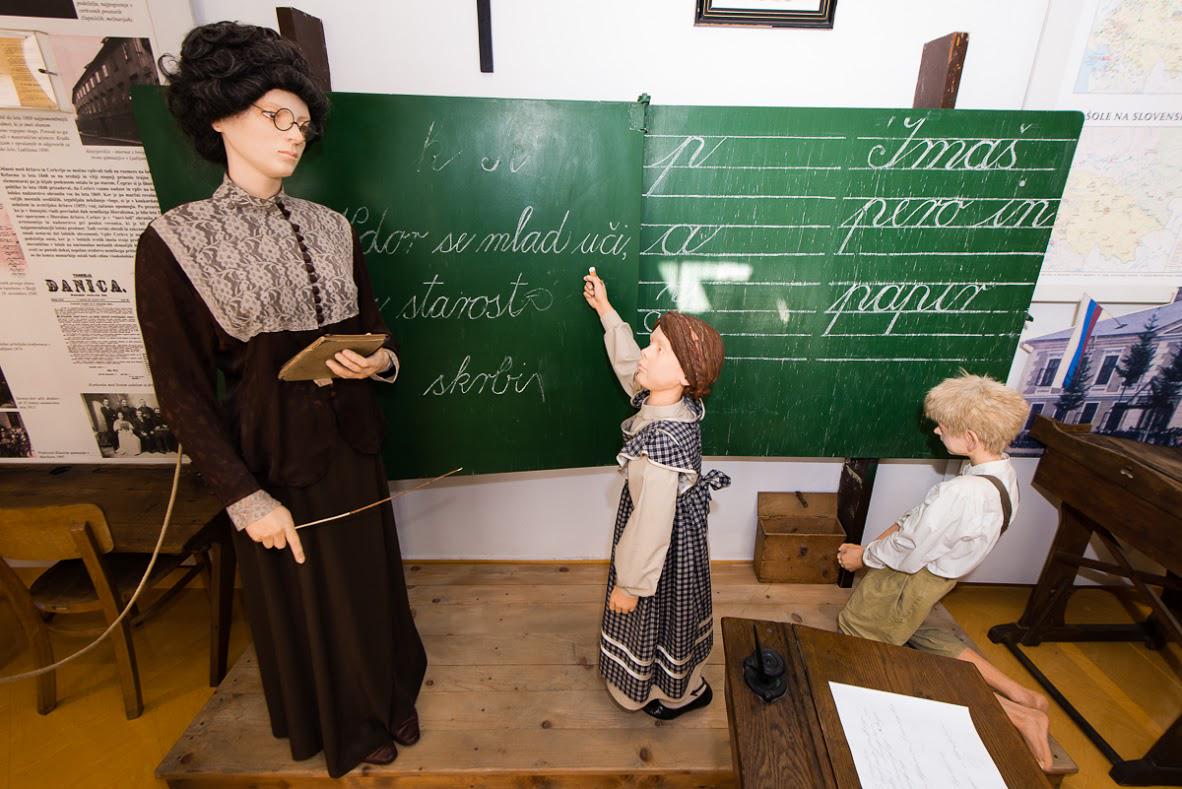
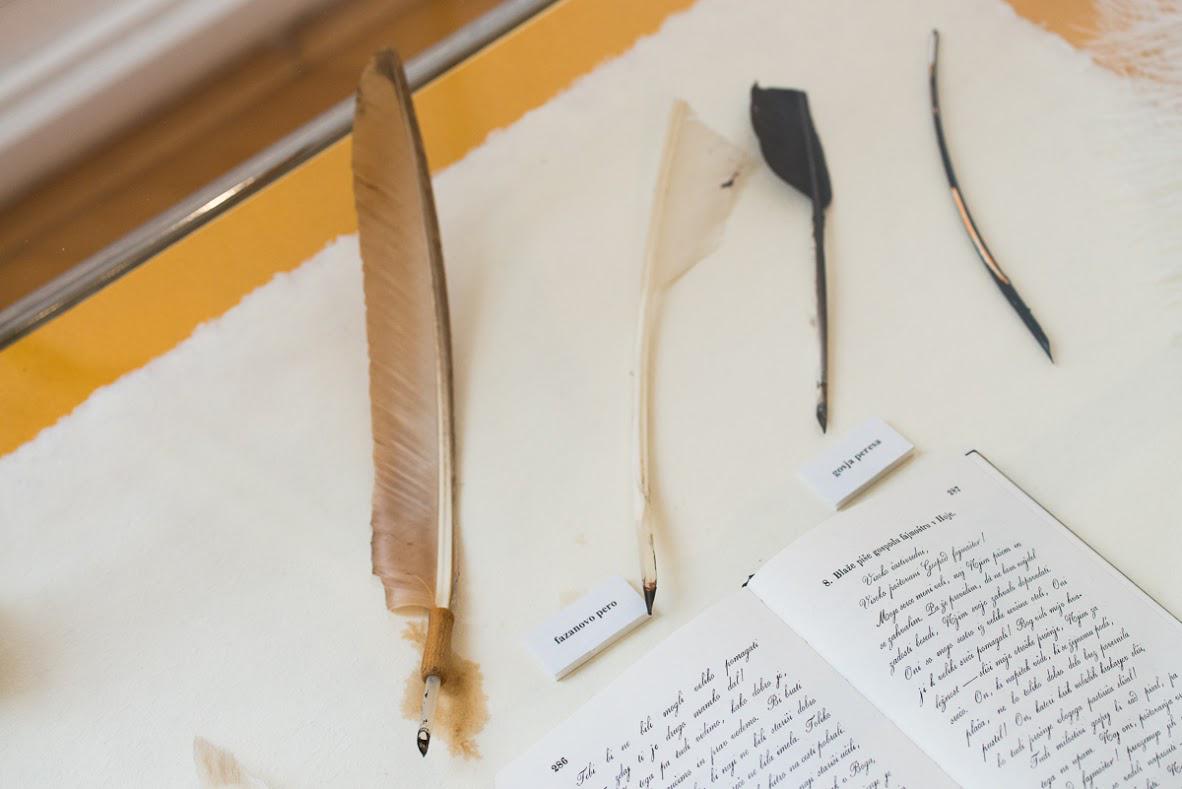
Adjacent to the Ursuline Church in the heart of Ljubljana is the headquarters of a small, hard-to-find museum that isn’t a major tourist destination, even though it provides valuable insight into a field that contributed so much to the preservation of Slovenian language and culture: education.
The Slovenian School Museum is one of the oldest museums in the country, having been established in 1898, and is one of only twelve institutions officially recognized as national museums.
Its permanent exhibit provides an overview of education in the Slovenian Lands. Among the museum’s most prized possessions is a collection of Slovenian-language religious books from the 16th century. Often, they were used to teach reading in addition to religion and represent an important step in the development of Slovenian literacy. Back then, the education system was essentially in the hands of the Catholic Church, and most of the instruction was conducted by priests.
In the 18th century, however, primary education became compulsory in the Hapsburg Lands; the schools were gradually taken over by the state. During a short period of French rule in the early 19th century, the Slovenian language became more widespread in education, but it wasn’t until the 20th century that the Slovenian Lands got their first university and a complete education system.
The museum also examines other aspects of Slovenian schooling, from music in the classroom and the development of Latin instruction to the establishment of Slovenian-language schools in other countries.
Scale models and interactive displays help to tell the story of education in the Slovenian Lands, but probably the most popular attraction is the museum’s recreation of a Hapsburg-era classroom. When the bell rings, reenactors bring the atmosphere of an old-style schoolroom to life. With period clothing, they are able to capture the formal atmosphere of the era. Students who disobey are threatened with a rod or told to kneel on kernels of corn. Teachers demand attention and full respect, and the students are required to use complete sentences when answering questions.
The reenactments provide insight into classrooms of a bygone era, but just as importantly, they tell the story of how the quest for learning helped Slovenian culture to survive in difficult times.




















































